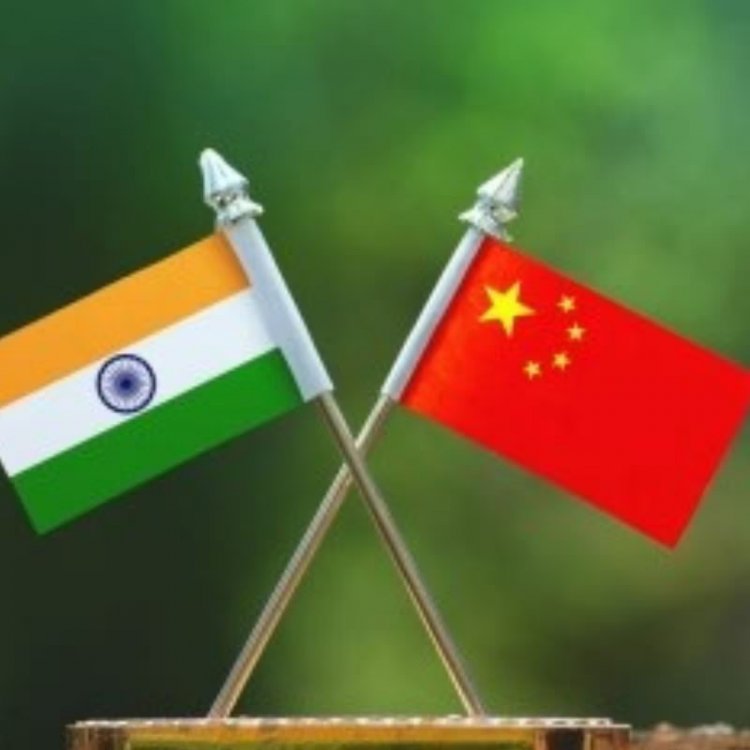India - China: Border Stress along the LAC
STORIES, ANALYSES, EXPERT VIEWS

The Indian Air Force (IAF) launched a major 10 day training exercise, codenamed ‘Trishul’, along the China-Pakistan border in the north and west. The exercise, reports The Times of India, “spans a large area from Ladakh to Rajasthan, involving a variety of combat assets such as fighter jets such as Rafales, Jaguars, MiG-29s, and Sukhoi-30MKIs, as well as transport aircraft such as C-130Js and C-17s, as well as surface-to-air guided weapons such as S-400s, MR-SAMS, and Akash.”
The primary objective of 'Trishul' is to evaluate overall combat preparedness of Western Air Command.
Training exercises by the Chinese: Simultaneously, forces from the Army's two China-specific mountain attack corps, 1 Corps and 17 Corps, each with around 70,000 soldiers and significant high-altitude warfare equipment, are conducting training exercises in their respective operational zones. Every summer, these units maintain a continual presence and conduct exercises along the entire 3,488-kilometer Line of Actual Control (LAC).
Chinese army’s increased troop deployment
At the same time, sources in the security establishment said the Chinese army continues to increase troop deployment along the Line of Actual Control in the Arunachal Pradesh-Sikkim sector and has been ‘coming increasingly deeper into India-claimed territory'.
There is fear that China wants to change the status quo in the region the way it has done in eastern Ladakh, where it has occupied close to 2,000 sqkm of India-claimed territory since May 2020, a security official attached to the Union home ministry told The Telegraph.
India strengthening border infrastructure
With a thaw in the India-China relations remaining elusive, The Tribune notes “New Delhi has stepped up efforts to strengthen border infrastructure in a bid to keep pace with the relentless build-up by Beijing. Defence Minister Rajnath Singh will inaugurate 90 projects, built by the Border Roads Organisation (BRO) along the Line of Actual Control (LAC) at a cost of Rs 2,941 crore, on September 12. These include roads, bridges, tunnels and airfields in 10 border states and union territories. Last year, 103 BRO infrastructure projects were dedicated to the nation at a cost of Rs 2,897 crore.
“The minister will also lay the foundation stone for an airfield, which will be constructed by the BRO at an estimated cost of Rs 218 crore in the strategically important Nyoma area of eastern Ladakh. The airfield is expected to augment air infrastructure in Ladakh — a hotbed of India-China hostilities — and boost the Indian Air Force’s battle-readiness along the northern border. It is critical to ensure that such important projects are completed within their timelines. Any delay can be detrimental to the interests of national security. Worrisome is the fact that the strategic Sela tunnel in Arunachal Pradesh, which will facilitate faster deployment of troops and weapons to forward areas in the Tawang sector, has already missed a series of deadlines.”
China’s cartographic ‘invasion’
India has learnt that it cannot take the Chinese lightly. Its latest cartographic ‘invasion’ — a new map depicting Aksai Chin and Arunachal Pradesh as part of Chinese territory — underlines Beijing’s compulsion and ambitions.
The move triggered a strong backlash, with China incurring the wrath of virtually every neighbour — be it India, Vietnam, Brunei, Philippines, Malaysia, Japan or Taiwan. All of them ‘lost land’ at the hands of Chinese cartographers, resulting in a diplomatic spat. Nevertheless, what’s important is the timing of the map’s release — days ahead of the New Delhi-hosted G20 summit. This is neither surprising nor unexpected for India; Foreign Minister S Jaishankar sees it as an ‘old habit’ of China.
















